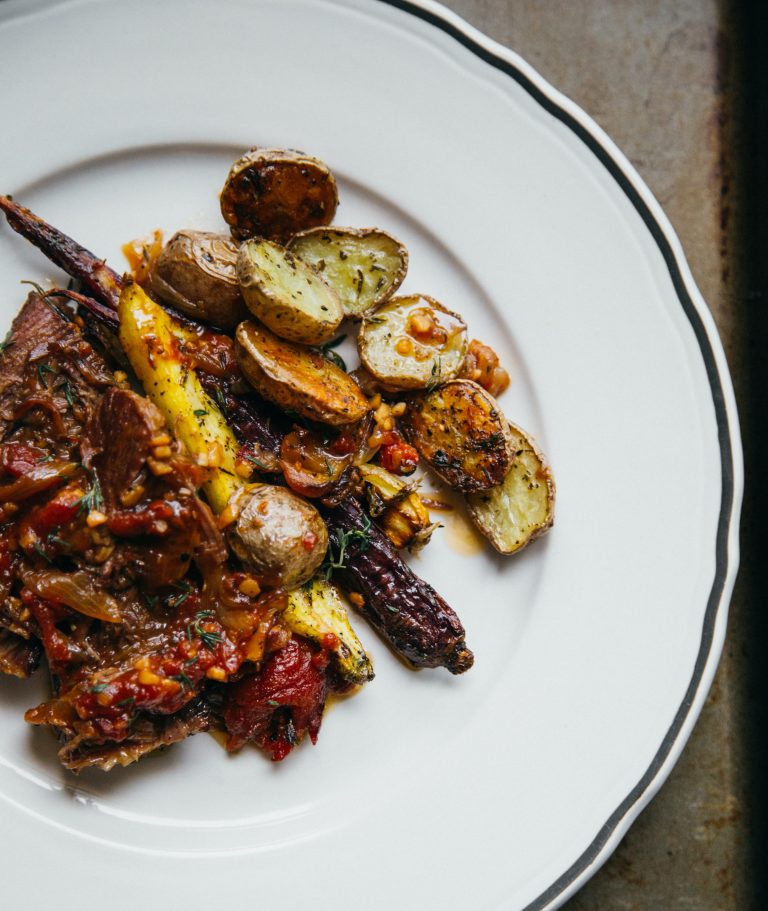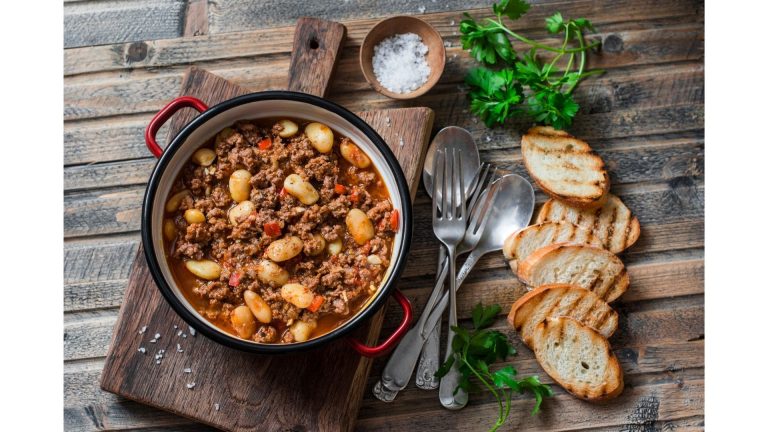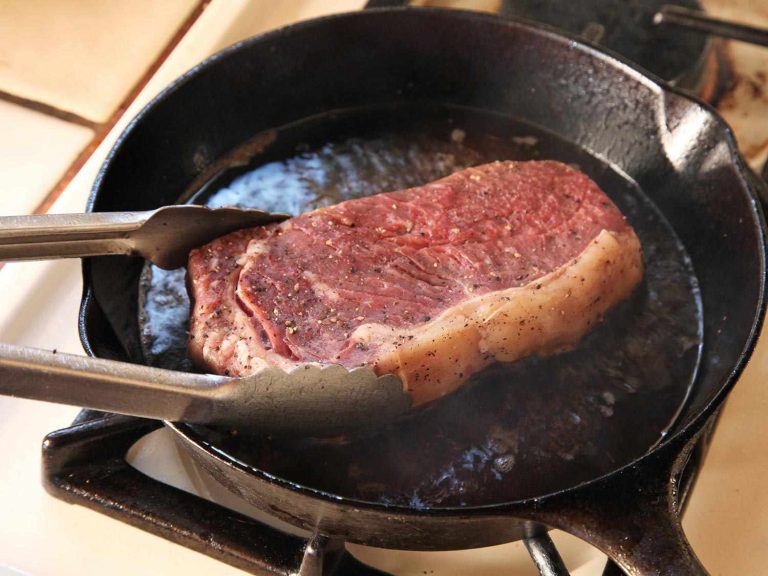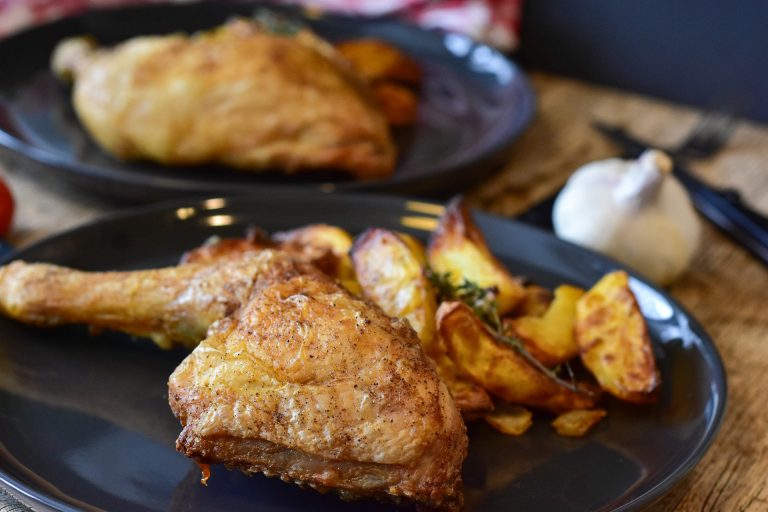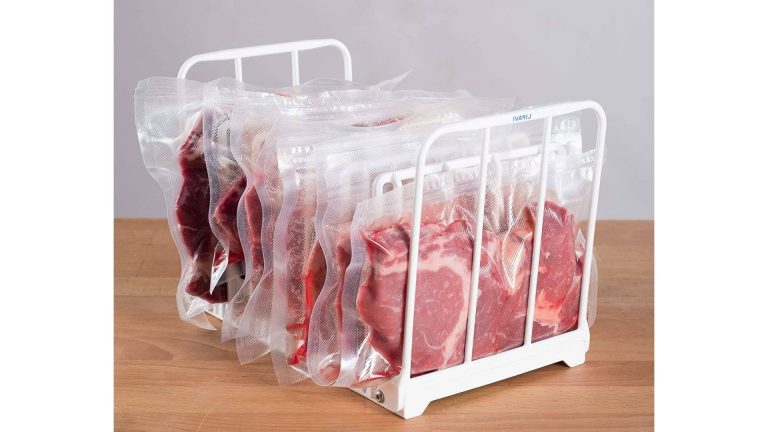How to Sous Vide Without Plastic Bags?
Sub-vide is a cooking technique that employs precise temperature control to produce consistently excellent results that rival those of a fine restaurant.
High-end restaurants have been employing sous vide cooking for years to ensure that their food is cooked to the precise level of doneness requested, every time.
There are several different methods that can be used to sous vide without plastic bags.
The most common is to place the food in a freezer bag before sealing it and then submerge it in a sous vide bag.
Another method is to use a microwave safe container and add the water and food to the container.
Because of the availability of inexpensive and simple-to-use sous vide machines, the method has recently gained popularity among home chefs as well.
However, we are aware of what is discouraging you. The necessity of storing food in plastic bags for extended periods of time.
Because we don’t like plastic. We know that it is detrimental to our society and, as a result, we do not want to use it, particularly for storing our food for long periods of time.
As a result, we are all discouraged from trying sous vide.
But hold on a minute! Is it really necessary to use plastic for sous vide? Aren’t there other ways?
Well, there’s nothing to worry about as were are here to answer all your doubts. So read on to know more.
See Also: Best Foods to Cook Sous Vide
Table of Contents
Why we use plastic for sous vide?
When practising sous vide, it is usual practice to use plastic bags because it is an easy way to prevent the water from interfering with the contents and diminishing the flavour.
Plastic is also used because, as in all other cases, it is inexpensive and really easy to use.
And then there is some history involved.
Another reason why sous vide cooking is associated with the use of plastic is that the original chefs decided to use sealed plastic bags as a way of keeping the food apart from the water when they were first developing the technique.
Here’s some science – Is Plastic Really Bad?
Here are some facts in favour and against the use of plastic for sous vide:
Why plastic can be bad:
In terms of plastic, we are taught that goods such as plastic bottles, plates, containers, etc may all leach harmful chemicals into our meals if they are used too frequently.
As a result, many of us have stopped using these sorts of products because we do not want to be exposed to dangerous chemicals.
Individuals who use to cook sous vide in plastic bags such as Ziploc have expressed considerable concern as a result of this.
Why plastic need not be bad:
According to recent studies, using food-grade plastics like high-density polyethylene or polypropylene bags is typically safe.
For individuals wishing to get sous vide bags in particular, it’s even better.
Because practically all sous vide plastic bags are produced from these food grade polymers, and their inside layers are almost invariably polyethylene.
Why we may be over reacting:
Look around your kitchen for a moment. You will probably be amazed by the amount of plastic that you already you.
And this is the reality from which we can’t escape. Today is the age of plastic and we live surrounded by it all the time.
So if we all are really using so much plastic already in our lives, particularly in the kitchen, then why bother so much out about sous vide plastics only?
And in fact, sous vide plastic may just be a very small fraction of all the plastic that you already use in the kitchen.
Ways to reduce plastic impact sous vide cooking
Reading all the arguments, we still know that whether good or bad, too much plastic is never a good idea.
That’s why here we list out a few ways in which you can reduce the use and impact of plastic in your sous vide cooking:
See Also: How to Sous Vide Without a Machine?
1. Use the right type of plastic
Some types of plastics, such as plastic wraps made of polyvinyl chloride, polycarbonate, or polyvinylidene chloride contain harmful plasticizers.
These can leech chemicals into fattier foods such as cheese or meat.
When it comes to sous vide cooking, avoid using any bags made of these sorts of plastic since they will leach toxins into your meal when they are cooked.
Using Ziploc bags, particularly those made for sous vide cooking, is typically assumed to be safe.
The best way to minimise any danger is to use high quality bags and to engage in safe cooking practices and methods that minimise the likelihood of contamination.
Choose bags made of low-density polyethylene for the most protection.
If you’re cooking in water that’s hotter than 158 degrees, you should double bag your Ziploc bags for the best protection.
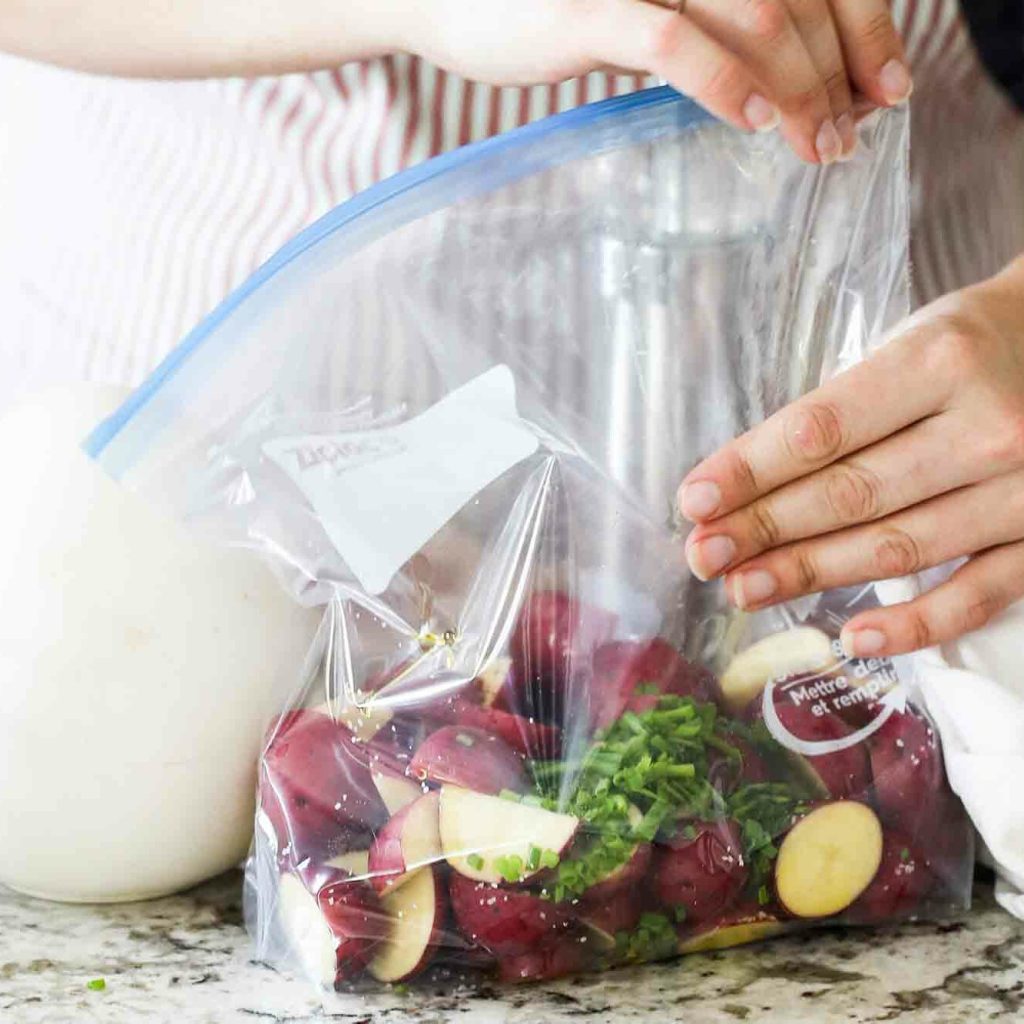
2. Use jars made of glass
You may use canning jars instead of bags if you don’t want to use plastic.
While they are usually used for preserving and pickled food, they are quite easy to acquire and are made of glass, allowing them to be reused. They are also very inexpensive.
But they can’t be used for all purposes. Sous vide cooking requires a lot of surface area food to be in contact with hot water, in order to evenly distribute the temperature.
It is therefore impractical to use glass jars for foods that require great accuracy in order to achieve the best possible outcomes. Thus jars are not recommended for cooking meat.
The use of mason jars for cooking is generally recommended for liquids or items that cook in a big volume of liquid or oil like yoghurt, custard cheesecake, grains and beans, and so on.
With these food items, you can get great results using jars.
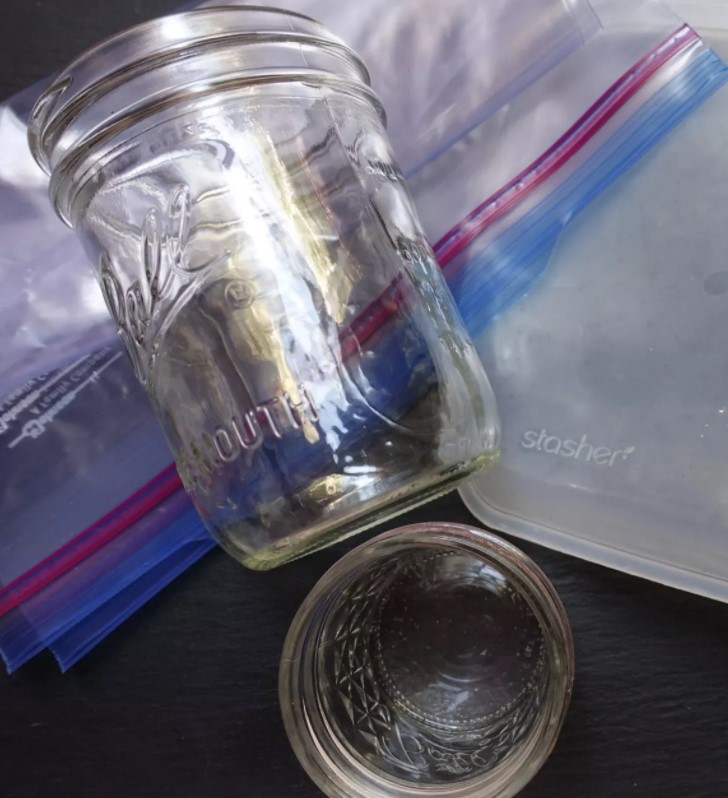
Final words
Sous vide cooking has several advantages that cannot be denied.
Sous vide has a great deal to offer to a home cook, from the possibility to cook with much less human interference to obtaining flawless results that may last over several hours without deterioration.
If you are concerned about the safety of sous vide plastic, In general, we believe that sous vide plastics are safe to use.
Then we also considered how tiny the proportion of sous vide plastics is in comparison to the rest of the plastics found in the average household.
Hence, we can say that if you use the right sous vide plastic, sous vide cooking will not have a significant negative influence on your health.

Foodie and a passionate cook, I am here to share all of what I know about cooking, kitchen, and food prepping.
Follow me for delicious and healthy recipes.

